Dear Editor:
The cover of the May 2004 issue is described as, “A U.S. Marine dashes up the beach on Okinawa.” I was surprised this is all you could say about a famous World War II photo.
The Marine is Paul E. Ison who was crossing a fire-swept draw called “Death Valley” by the Marines. It was not the first time Ison and some fellow Marines recrossed it to obtain TNT. The combat photographer was Private Bob Bailey.
Paul Ison resides in Fort Myers, Florida. I regret I have never met him.
Semper Fidelis.
Peter Walker
Welches, Oregon
Dear Mr. Walker:
We appreciate your pointing out the important facts of the cover photo. In general, it is our policy not to mention the names of fighting men in photo captions unless they are directly related to the story. However, we should have provided the information about our cover photo.
Kevin Hymel
Research Director
Dear Editor:
I would like to than Dr. Carl H. Marcoux for his excellent article, “Final Conflict on Okinawa,” in your May 2004 issue. He did a thorough job in covering the many phases of the Okinawa invasion.
My dad, Turner L. Hannah, served with the 6th Marine Division during World War II. He was wounded by mortar fragmentation on May 31, 1945. He spent the next 51/2 months in hospitals before being discharged in November 1945.
As a member of the “baby boom” generation, I am indebted to all those who served during World War II. Because of their sacrifice, I have the privilege of living in a free society.
To my dad and all those who served in World War II, I thank you and may God bless you.
Turner A. Hannah
Rogersville, Alabama
Dear WWII History:
In the sidebar to the article, “Blood on the Bismarck Sea” (March 2004), Sam McGowan says the Navy seized on the discrepancy between the reported and confirmed losses to blame the Army Air Force for gross exaggeration.
Talk about exaggeration: The Navy pilots claimed to have shot down more Zeros than Japan produced during the entire war!
William Kittredge
Ocean City, NJ
Dear WWII History:
I would not say that I enjoyed the article on General Vlasov in your March 2004 issue. One cannot enjoy reading about one of the greatest tragedies—crimes—of post-WWII Europe.
I particularly like the conclusion of the article: “Vlasov was … an idealistic man who hated the tyranny of Stalin….” I would prefer to say, however, that he joined the German Army in the fight against communism rather than that he “saw the Germans (particularly Hitler) as potential liberators.”
Many groups in many countries of Europe fought the communists, either in their own country or by joining the Germans. All of these met horrendous torture and death at the hands of communists after World War II. Hardly any of these groups fought for Hitler’s Germany; instead, they fought communists in idealism and desperation, as no other help but the German Army was available to them.
Much of the Vlasov Army was recruited from Russian POWs, in Germany or elsewhere in occupied territories, who were kept in horrible circumstances of no shelter, no food. So, they joined the Vlasov Army for a piece of bread and some clothes. This after millions of these Russian prisoners had died of hunger and exposure, and no one ever tells their story.
Joseph H. Kovacic
Colonial Heights, Virginia
Dear WWII History:
Concerning the excellent essay about the Russian T-34 tank, written by Blaine Taylor, I would like to stress two very important aspects about this machine that he forgot to mention.
One of the revolutionary aspects of the T-34 design was its sloped armor, angled out in a way to divert incoming rounds. This innovation was used on every tank model after the T-34. A good example of the impact in tank design generated by the T-34 was that the Germans urged the capture and “copy” of the T-34’s features to draw the notorious Panther (Panzer V) tank.
Another aspect of this superb machine was its drive train, an evolution of the American Christie suspension, created by Walter Christie in the late 1930s. His high-speed drive train design was neglected by the U.S. Army. However, when Christie tried to sell his patent around the world, Russian engineers found interest in his invention and used it in several early light tank models, like the T-27. The T-34’s state-of-the-art tracks were a development of this design.
J. Barone
Rio de Janeiro, Brazil
Dear Editor:
In your excellent March 2004 issue I especially like “A Costly Raid to Liberate General George S. Patton’s Son-in-Law from a German Prison Camp Failed with Heavy Losses.” There is one area that needs to be corrected: the type of armor employed by the Germans. Hauptmann Richard Koehl, a Catholic priest by profession, did not command a company of Jagdpanther but of Jagdpanzer 38 Hetzer. The Hetzer, built by the Czech Skoda Works in Pilsen on the suspension and chassis of the PzKpfw 38(t), weighed 17 tons, and was armed with a 7.5cm antitank gun.
The Hetzer was a fine weapon. It continued in production after WWII when it was used by the Czech and Swiss Armies. It was, however, much less effective than the 50-ton Jagdpanther with its proven 8.8cm gun and armor of up to 3.94 inches. I submit that Task Force Baum would have suffered a good deal more damage if confronted by eight Jagdpanther than by a like amount of Hetzer.
Col. Rudolf H. Egersdorfer, USA (Ret.)
Lititz, Pennsylvania
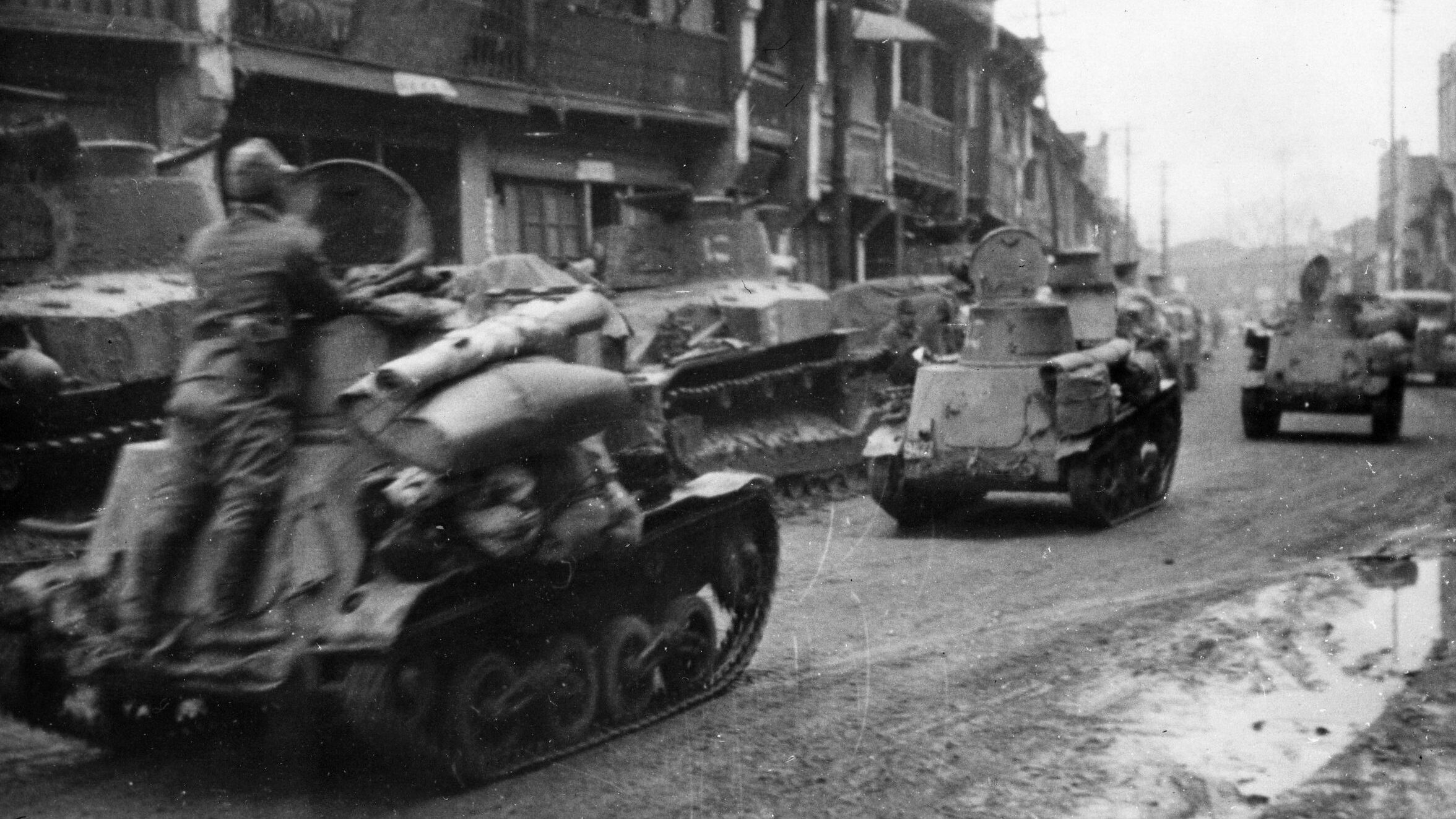
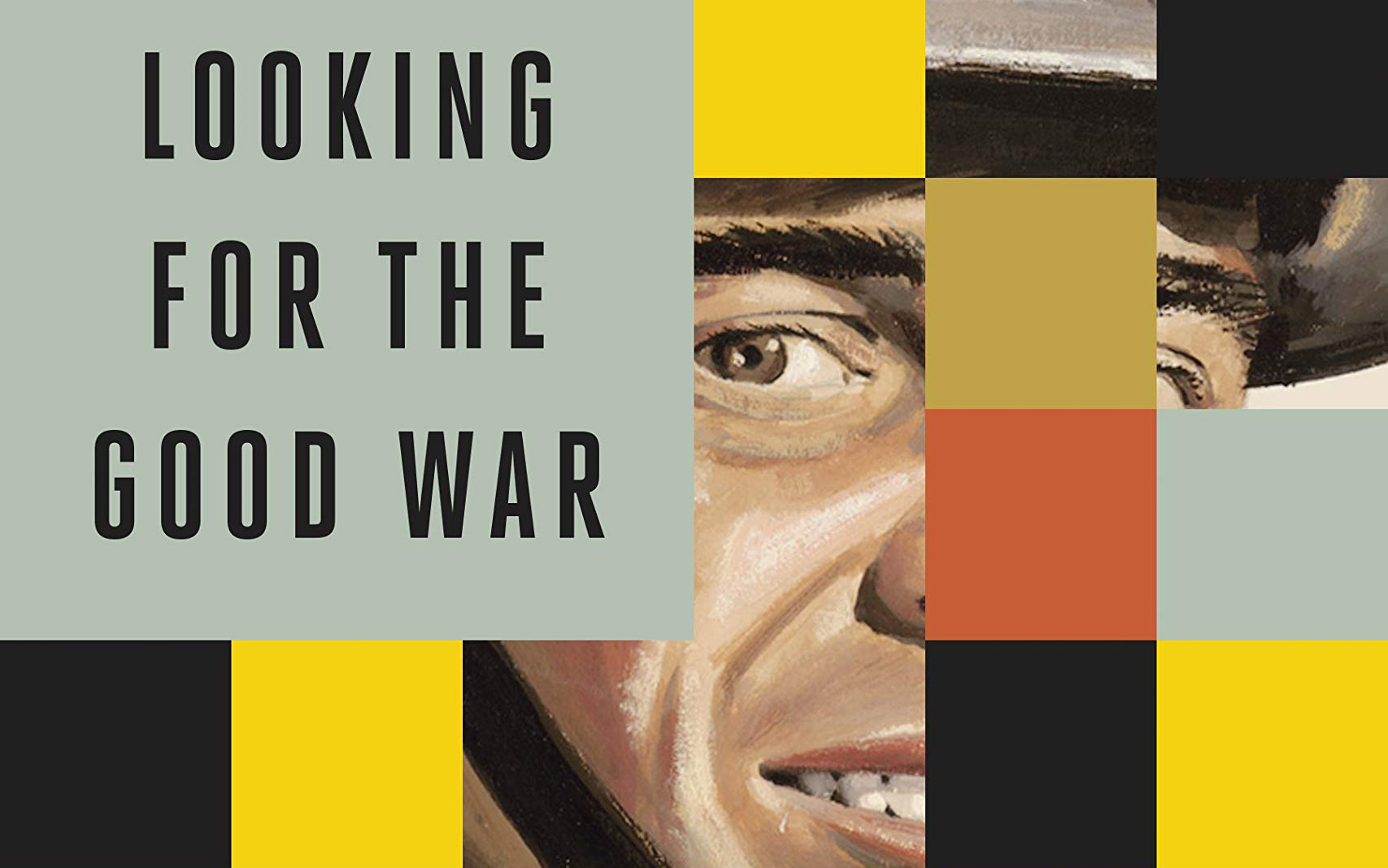
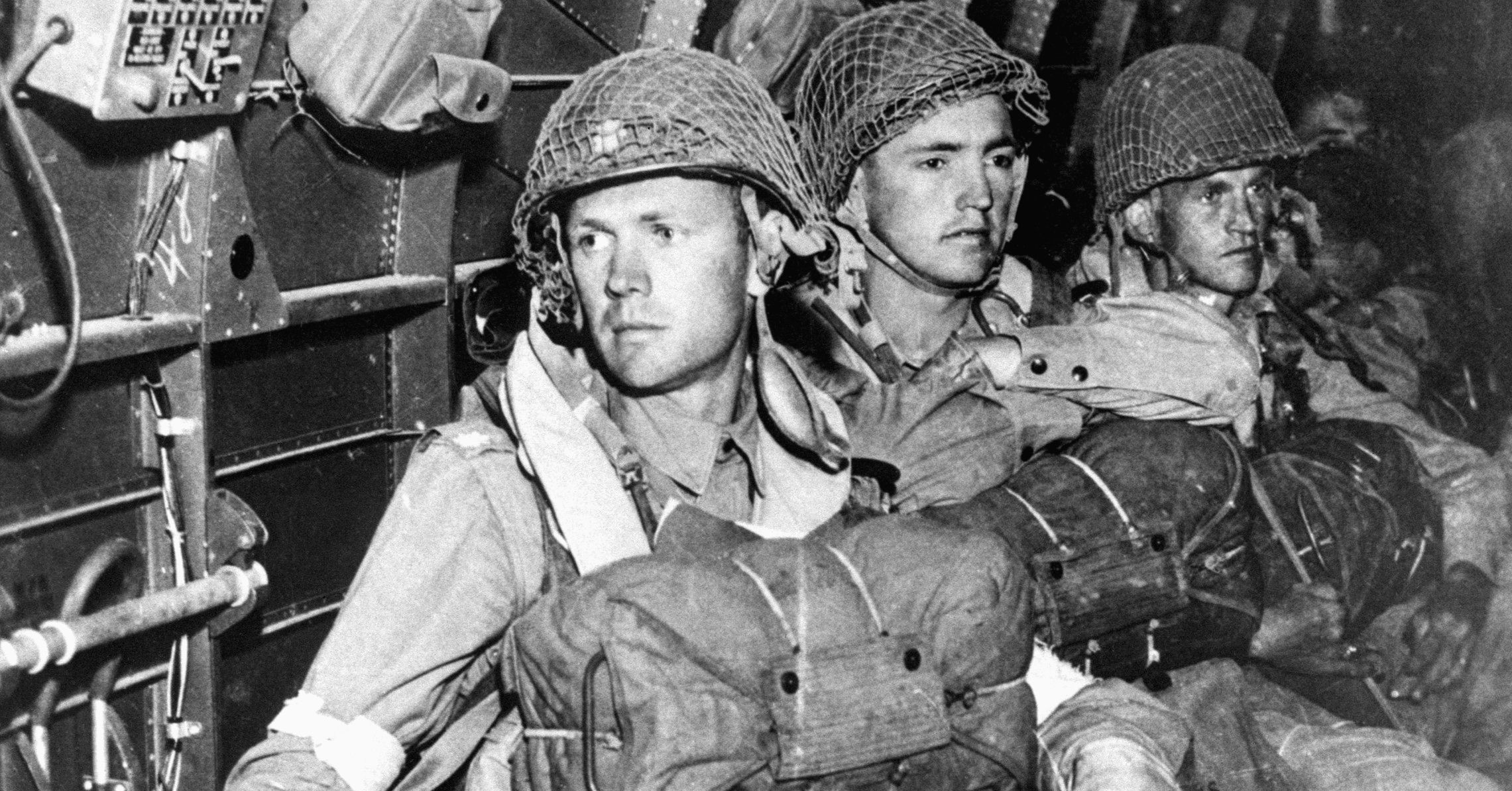
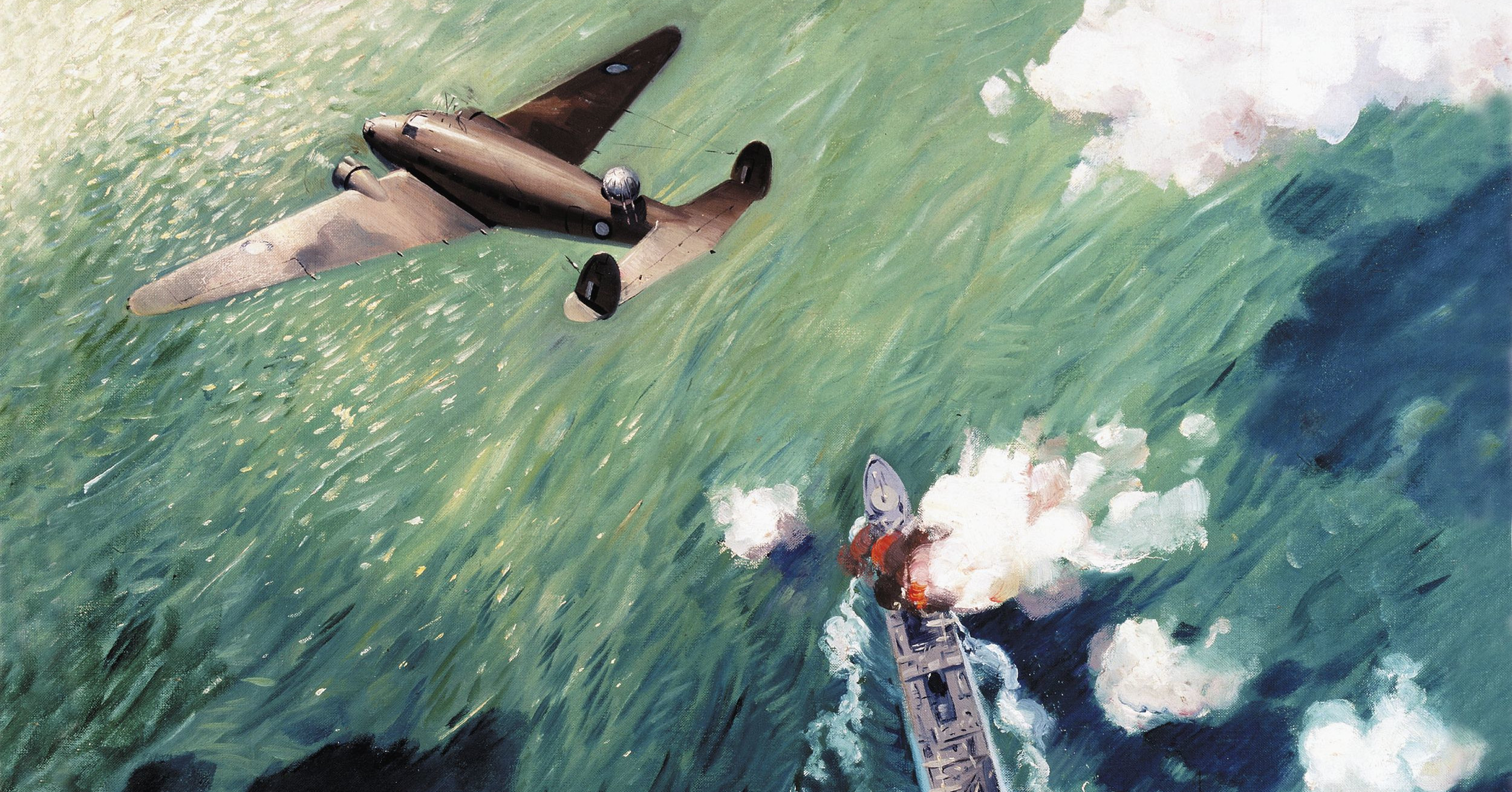
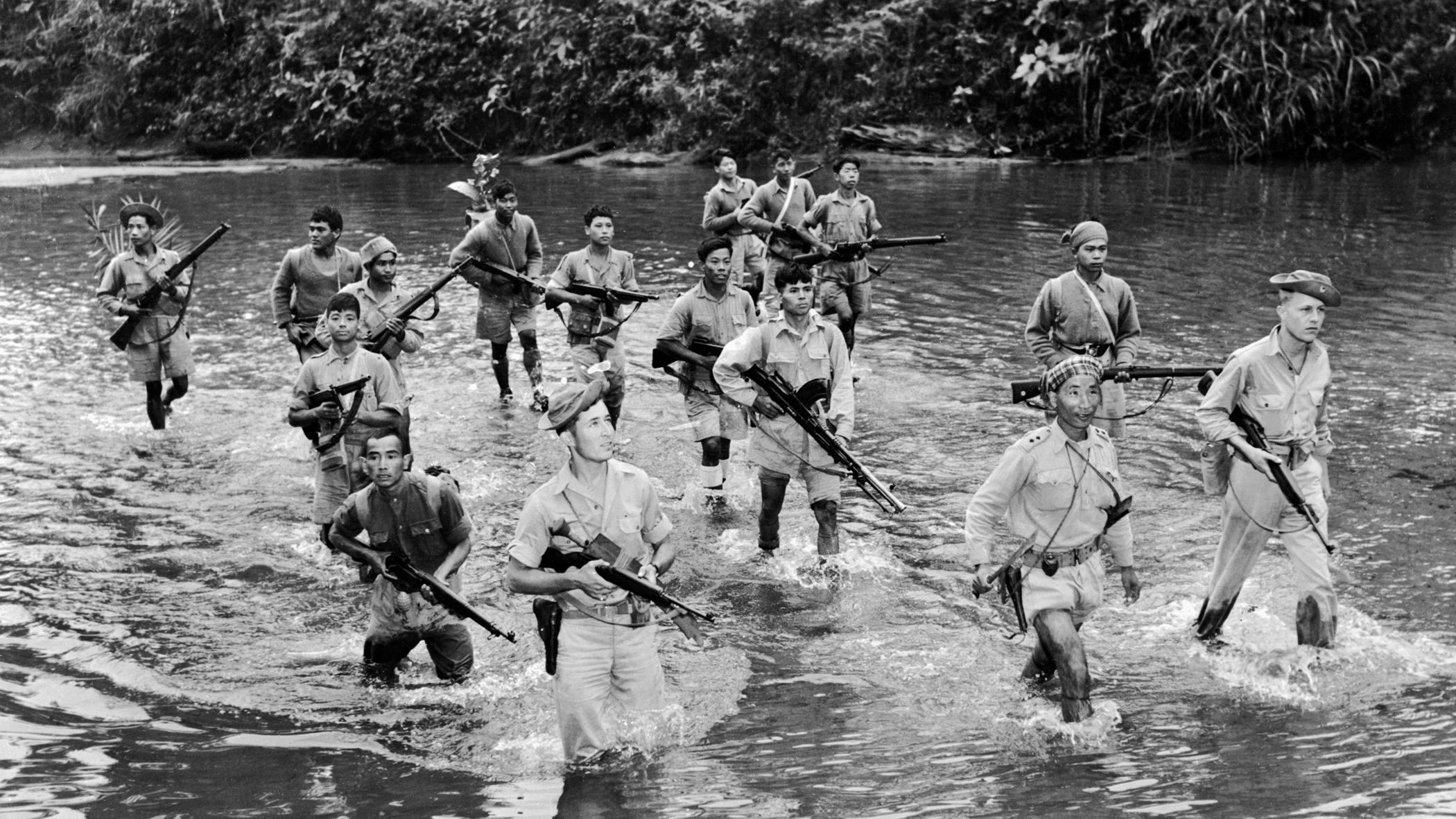
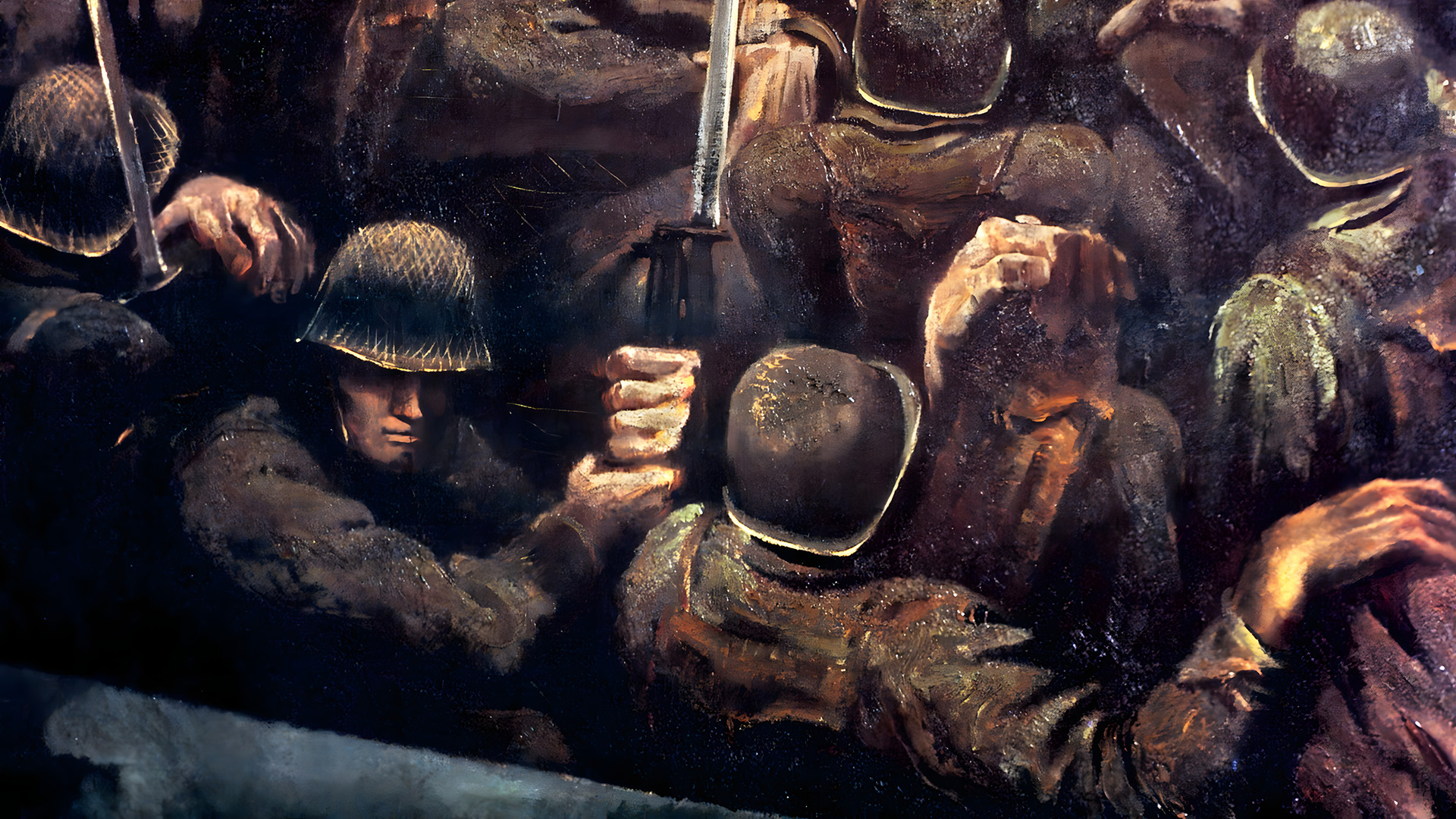
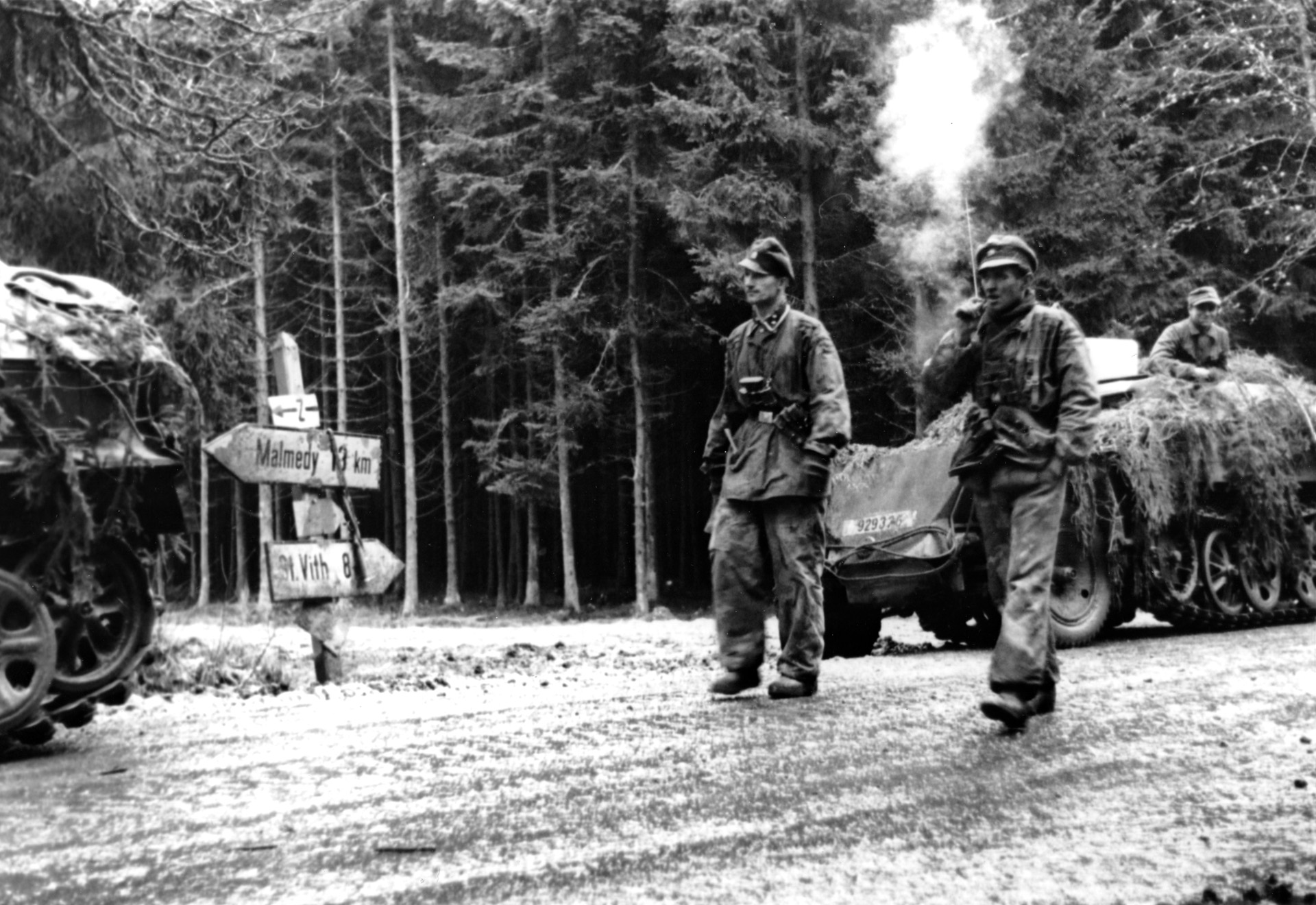
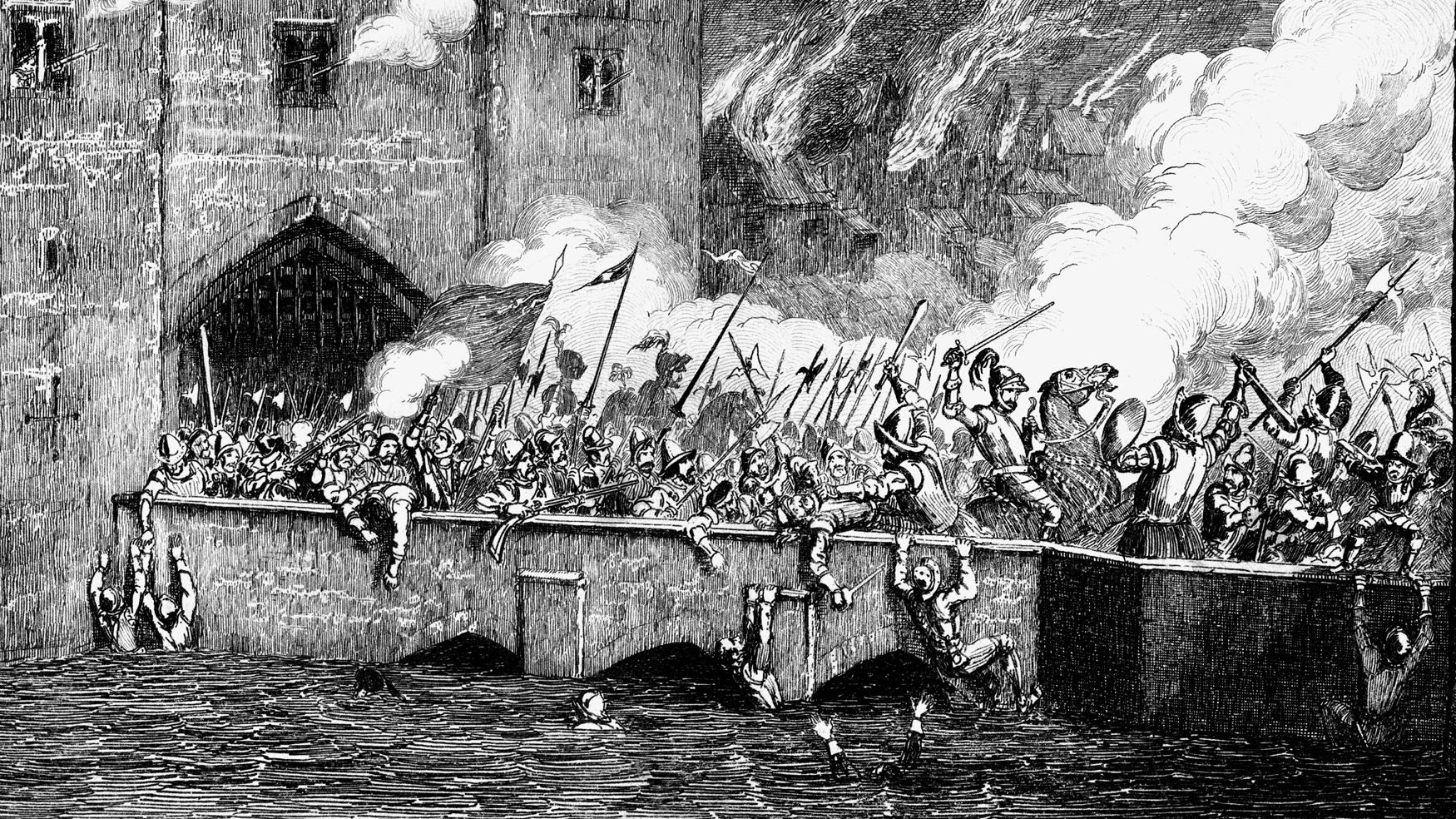
Join The Conversation
Comments
View All Comments